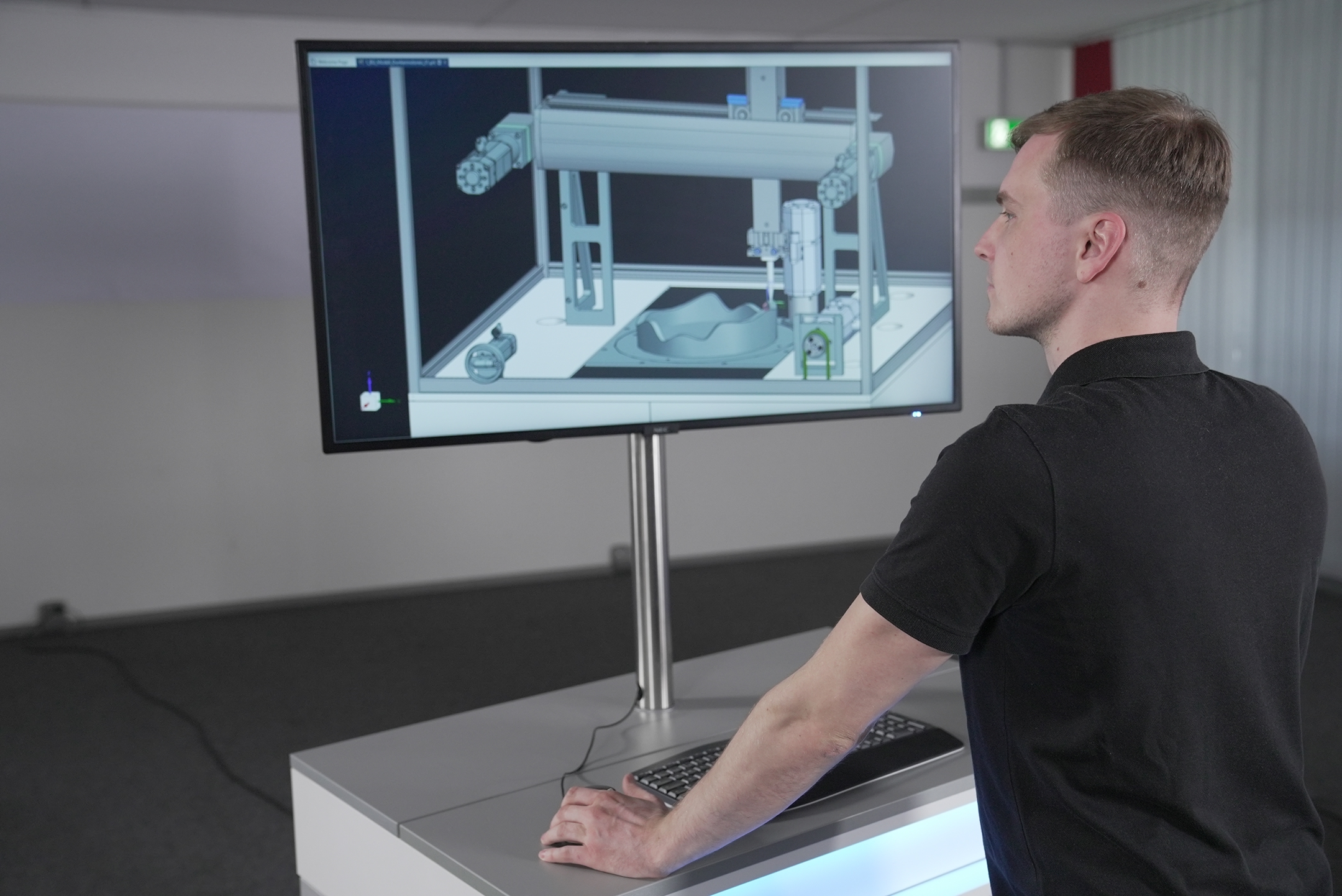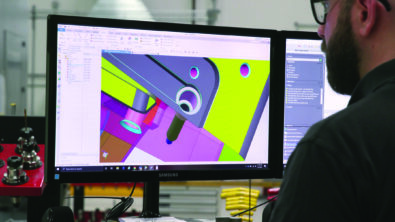AI Spectrum – Simplifying Simulation with AI Technology Part 1 – Summery

Recently, I had the opportunity to speak with Dr. Justin Hodges, an Artificial Intelligence and Machine Learning (AI/ML) Technical Specialist and Product Manager for Simcenter about the ways AI is shaping the field of advanced engineering simulations. Over the course of our discussion, Justin went over the many ways he and his team are implementing artificial intelligence and machine learning into the full suite of Simcenter tools. This includes everything from improving the user experience, to AI-driven reduced order modeling and beyond. You can listen to our full discussion on the AI Spectrum podcast, available here, check out the transcript here, or for a quicker read I’ve highlighted some of the most interesting topics below.
Justin opened our conversation with a brief summary of his own background, what lead to his interest in applying AI/ML to the simulation and design space, and how Siemens supports those interests. Siemens is a long-term investor in AI technology with some groups focused on innovation and future technology, while others focus on specific products and features customers want today. This dynamic gives teams the latitude needed to partner with universities and research groups to develop cutting-edge AI technology while also interfacing with other, internal, teams to bring this technology to the mainstream. This means that Siemens is home to a huge wealth of AI/ML related technology, making it difficult at times to categorize concisely. For the purpose of our talk though, Justin narrowed down his work to a few key areas. Specifically, improving user experience and workflow intelligence, as well as AI-powered simulation in the form of reduced order modeling.
The first major topic we discussed is how AI is improving the user experience and increasing workflow intelligence. While some software packages approach this by creating a smart or adaptive UI, Justin explains how he and his team are instead working to improve the speed of traditionally slow and expensive processes, cutting down what once took days to just hours. One of the examples he highlighted was the recently added automatic part classification functionality in STAR-CCM+. This drastically reducing the amount of manual work required in preparing models for simulation, freeing up user’s time and improving their experience with the software. For instance, applying this technology to the model of a car, which could be comprised of 10,000 or more unique parts when counted down to the smallest screw, the benefits become clear. Historically each one of these parts would need to be manually classified so materials could be applied, detail levels set, etc. before any simulations could be run. This process could easily take over a week for a single engineer or technician to do manually, but with automatic part classification it can be completed in just a few hours.
Another fascinating topic we discussed is that of surrogate or reduced order modeling. This process uses the data gained from lengthy and expensive simulations to train an AI model. That model can then be used for cheaper, faster approximations of the simulated results. The benefits from this are twofold. Firstly, it reduces the time required to run simulations later in the product design cycle – saving time and helping identify design problems early. Secondly, the models can be reused between similar projects, enabling designers to explore a broader design space early in the development cycle thanks to AI replacing slower simulations used to judge viability. The increasing pressure to put out new products faster, while also pushing the envelope of innovation will require companies to embrace new methods of validating designs if they want to remain competitive in the fast-paced world of modern product design. AI-driven reduced order modeling provides this advantage, while at the same time widening the design space, a true win-win.
Though my first discussion with Justin Hodges was brief, it was enjoyable and very informative. The wide scope of AI/ML applications in simulation, testing, design, and beyond is a fascinating field for learning, while also providing tangible, real-world benefits. In an increasingly competitive market focused on shorter and shorter development cycles, companies that can reap the benefit of AI-driven simulations, automation, and workflow intelligence will see themselves pulling ahead, delivering smarter products faster. At the same time, users can benefit from a better experience free of the repetitive tasks and slowdowns common to the field of engineering. I look forward to sharing more of this topic in the future and continuing to dive into the work of AI experts as they tackle difficult problems and bring innovation to all manner of industries, spurring the creation of the next generation of products.
Once again, I encourage you to listen to the full podcast on AI Spectrum linked here.
Siemens Digital Industries Software helps organizations of all sizes digitally transform using software, hardware and services from the Siemens Xcelerator business platform. Siemens’ software and the comprehensive digital twin enable companies to optimize their design, engineering and manufacturing processes to turn today’s ideas into the sustainable products of the future. From chips to entire systems, from product to process, across all industries. Siemens Digital Industries Software – Accelerating transformation.


